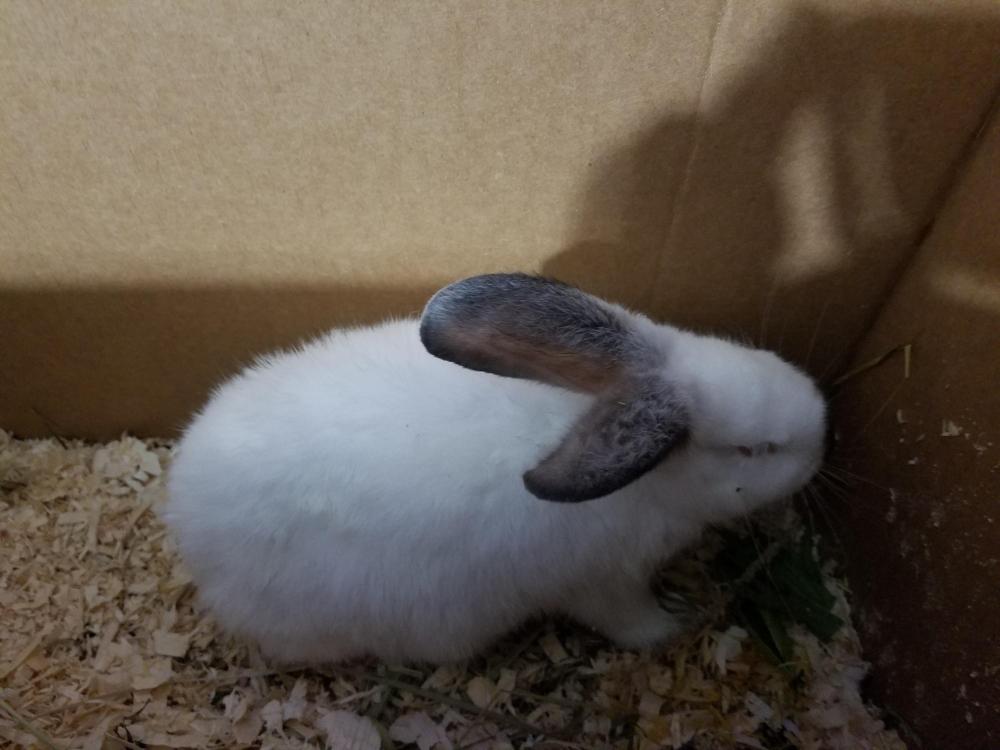I mentioned a little way upthread (a few months ago, now) that we'd been losing random adolescents mysteriously, and that I'd blamed it on a shaky adjustment to our new waterers. That proved not to be the case, and I was unable to match the symptoms to a specific disease. We'd even begun reading up on which plants might be in our yard that could conceivably be toxic to the poor bunnies, thinking that this might explain the randomness (and the fact that it hadn't impacted our indoor bunnies).
In the event, our last harvest finally provided the "smoking gun." Because they're raised for meat I do - in effect - an ad hoc necropsy on every rabbit we harvest, and I've occasionally seen livers that looked mottled, like the marbling on a good steak. This last batch had several whose livers looked that way, and this is when the penny dropped for me. It turns out to be hepatic coccidiosis, a parasite spread through their droppings (remember me mentioning that they're coprophages?). We can still safely eat the bunnies (phew!) and our dogs won't become ill from snacking on the bunny droppings (these parasites are species-specific) so that allayed our immediate fears.
It also tells us our countermeasures, which boil down to improved cage hygiene. That in turn means some tweaks to our cage design, to improve the feces' proverbial ability to move downhill. Mostly these are things we'd already discussed, because on a practical basis cage-cleaning takes time and energy: if it can be minimized, so much the better. And if it protects against coccidiosis (it does), better still.
As for the affected bunnies treatment is to keep them hydrated and fed, by syringe if necessary. Many get over it handily enough, and many are asymptomatic (ie, most of the last litter I harvested), and adults are largely unaffected. It's just the adolescents who are really vulnerable, or rabbits who are already suffering from health issues. This was timely information, because this morning when I went to feed the little guys I found one of our indoor bunnies sprawled on its side and showing the symptoms I've come to recognize (floppiness, lethargy, etc). We've not had an indoor bunny get sick before, so this was a new development and an unwelcome one, especially as I'm rather fond of this litter (they're all very personable).
So currently the little guy is in a box here in my office, a couple of feet away, and I've just given him his second watering from the syringe. He's starting to perk up a little, but still seems pretty subdued. I've put a couple of dainties in the box, to tempt his* tummy, but if necessary I'll feed him through the syringe as well. For this morning that'll have to be unsweetened applesauce, the only rabbit-friendly thing I've got that can be administered this way, but apparently it's possible to cook up the alfalfa pellets into a sort of loose porridge that can be syringed into convalescents. We'll see about that later, if it should be necessary.

More later, but right now I'm supposed to be working.
*Not verified, but in my head this one's "Max" after the childrens' books and TV series about "Max and Ruby."

